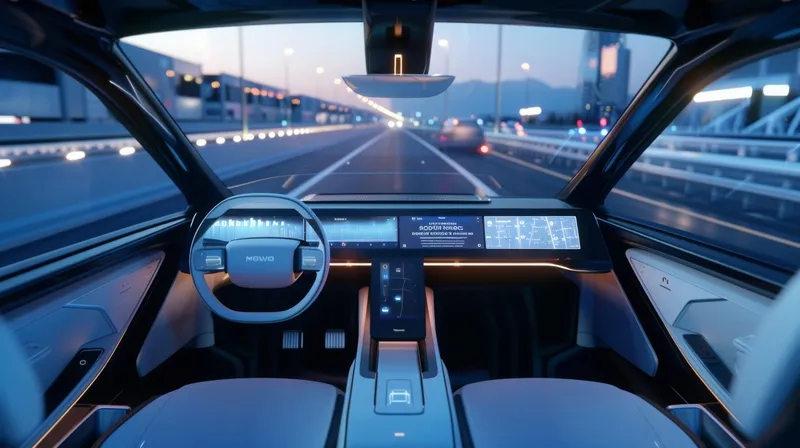A new report by the US Government Accountability office (GAO) expects vehicle to vehicle (V2V) technologies to offer safety benefits, but says that a variety of deployment challenges exist. The report finds that development of V2V technologies has progressed to the point of real world testing, and if broadly deployed, they are anticipated to offer significant safety benefits.
November 4, 2013
Read time: 3 mins
A new report by the US Government Accountability office (GAO) expects vehicle to vehicle (V2V) technologies to offer safety benefits, but says that a variety of deployment challenges exist.
The report finds that development of V2V technologies has progressed to the point of real world testing, and if broadly deployed, they are anticipated to offer significant safety benefits. Efforts by the324 US Department of Transportation (DOT) and the automobile industry have focused on developing: in-vehicle components such as hardware to facilitate communications among vehicles; safety software applications to analyse data and identify potential collisions; vehicle features that warn drivers; and a national communication security system to ensure trust in the data transmitted among vehicles.
According to DOT, if widely deployed, V2V technologies could provide warnings to drivers in as much as 76 per cent of potential multi-vehicle collisions involving at least one light vehicle, such as a passenger car. Ultimately, however, the level of benefits realised will depend on the extent of the deployment of these technologies and the effectiveness of V2V warnings in eliciting appropriate driver responses. The continued progress of V2V technology development hinges on a decision that the834 National Highway Traffic Safety Administration (NHTSA) plans to make in late 2013 on how to proceed regarding these technologies. One option would be to pursue a rulemaking requiring their inclusion in new vehicles.
The deployment of V2V technologies faces a number of challenges, which DOT is working with the automobile industry to address. According to experts, DOT officials, automobile manufacturers, and other stakeholders GAO interviewed, these challenges include: finalising the technical framework and management framework of a V2V communication security system, which will be unique in its size and structure; ensuring that the possible sharing with other wireless users of the radio-frequency spectrum used by V2V communications will not adversely affect V2V technology's performance; ensuring that drivers respond appropriately to warnings of potential collisions; addressing the uncertainty related to potential liability issues posed by V2V technologies; and addressing any concerns the public may have, including those related to privacy.
DOT is collaborating with automobile manufacturers and others to find potential technical and policy solutions to these challenges and plans to continue these efforts. Although V2V technologies are being tested in a real-world pilot that will end in February 2014, DOT officials stated that they cannot fully plan for deployment until NHTSA decides how to proceed later this year.
The report finds that development of V2V technologies has progressed to the point of real world testing, and if broadly deployed, they are anticipated to offer significant safety benefits. Efforts by the
According to DOT, if widely deployed, V2V technologies could provide warnings to drivers in as much as 76 per cent of potential multi-vehicle collisions involving at least one light vehicle, such as a passenger car. Ultimately, however, the level of benefits realised will depend on the extent of the deployment of these technologies and the effectiveness of V2V warnings in eliciting appropriate driver responses. The continued progress of V2V technology development hinges on a decision that the
The deployment of V2V technologies faces a number of challenges, which DOT is working with the automobile industry to address. According to experts, DOT officials, automobile manufacturers, and other stakeholders GAO interviewed, these challenges include: finalising the technical framework and management framework of a V2V communication security system, which will be unique in its size and structure; ensuring that the possible sharing with other wireless users of the radio-frequency spectrum used by V2V communications will not adversely affect V2V technology's performance; ensuring that drivers respond appropriately to warnings of potential collisions; addressing the uncertainty related to potential liability issues posed by V2V technologies; and addressing any concerns the public may have, including those related to privacy.
DOT is collaborating with automobile manufacturers and others to find potential technical and policy solutions to these challenges and plans to continue these efforts. Although V2V technologies are being tested in a real-world pilot that will end in February 2014, DOT officials stated that they cannot fully plan for deployment until NHTSA decides how to proceed later this year.









